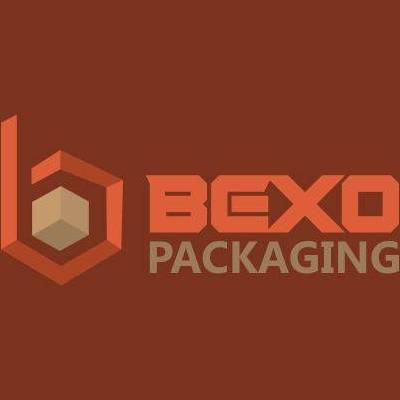The demand for high-performance Inflatable Boat Fabric has grown significantly as water sports, rescue operations, and marine leisure activities continue to evolve. While the design of inflatable boats is important, it’s the fabric at their core that ensures reliability, durability, and user safety. As manufacturers improve materials and techniques, modern inflatable boat textiles now offer a variety of features that outperform older generations.
Durability Meets Lightweight Construction
One of the key advantages of inflatable boat textiles is the balance between strength and weight. These fabrics are typically made from reinforced PVC or Hypalon (CSM), combined with a base polyester or nylon weave. The result is a material that can withstand punctures, abrasions, and long-term exposure to harsh marine environments while remaining lightweight enough for easy transportation and storage.
The fabric's multi-layer construction often includes UV-resistant coatings, anti-mildew treatments, and air-tight inner layers. These protective features not only prolong the life of the boat but also ensure consistent performance under demanding conditions. Whether navigating rocky shores or being used daily in rental fleets, the fabric holds up without compromising on flexibility or comfort.
Waterproof and Air-Tight Performance
Another significant advantage is the exceptional waterproofing and air retention properties of these materials. Inflatable boats rely on internal air pressure to maintain shape and buoyancy. Any loss of pressure can compromise safety. High-quality materials are engineered to minimize air seepage, even in extreme temperature variations, ensuring that boats remain stable and functional throughout their use.
Additionally, most inflatable boat textiles are highly resistant to chemical exposure such as saltwater, oil, and gasoline, making them ideal for both recreational and industrial marine applications. This resistance translates into fewer maintenance requirements and longer operational lifespans.
Flexibility for Design and Function
Modern inflatable boat fabrics allow for greater versatility in boat design. From compact dinghies to military-grade rigid inflatable boats (RIBs), manufacturers can customize shapes, seams, and pressure zones to meet specific performance needs. The fabric’s ability to fold without cracking or delaminating also allows boats to be stored compactly and deployed quickly—crucial for emergency services or expeditions.
Thanks to advanced heat-welding and bonding techniques, manufacturers can now create airtight seams with minimal risk of leakage, increasing the reliability of even complex multi-chamber designs. This flexibility makes the fabric suitable for both professional-grade vessels and consumer-friendly watercraft.
Conclusion
In summary, Inflatable Boat Fabric offers a unique combination of strength, waterproofing, chemical resistance, and design flexibility. These qualities make it a trusted choice across recreational, commercial, and emergency marine sectors. As innovation continues, the performance of inflatable boat materials is only getting better. To learn more about top-tier options for marine applications, visit shanghaimsd.com .






